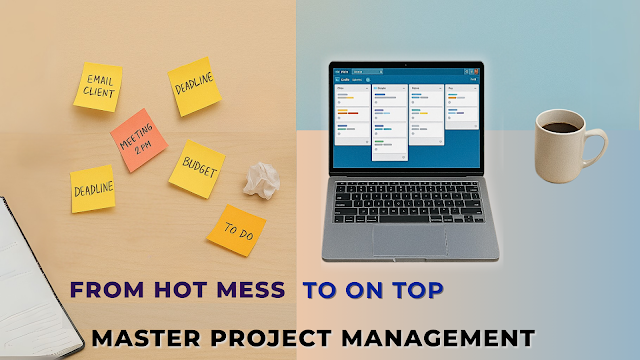Freelancing without a portfolio? You're leaving opportunities on the table.
In this tutorial, I’ll show you exactly how to create a client-ready portfolio using Canva, fast, simple, and professional. Whether you're a Virtual Assistant, Content Manager, or Administrative Support Pro, this guide is for you.
In the video, we walk through:
-
Choosing the right Canva template (or starting from scratch)
-
Structuring your portfolio to reflect real-world work experience
-
Writing about your projects, even if you don’t know where to start
-
Using ChatGPT to help describe your work clearly and persuasively
-
Adding testimonials, tools, and a strong CTA
-
Sharing your portfolio as a PDF or a clickable link for clients
This is the exact method I teach my students to create their portfolios and land clients who value their skills.
Free Resource:
Grab the Freelance Portfolio Checklist to follow along and build your own step by step.
Have a question about your portfolio? Drop it in the comments or DM me on Instagram @digitallmarkkett

.png)



.png)
.png)
.png)

